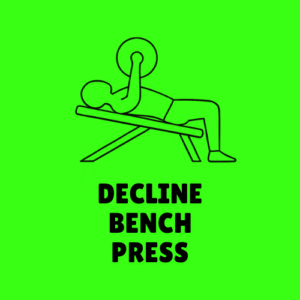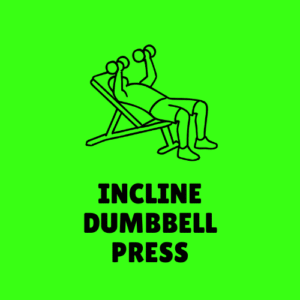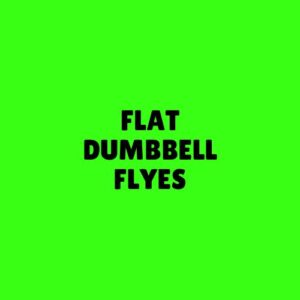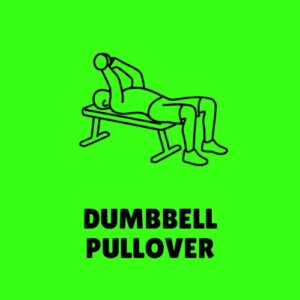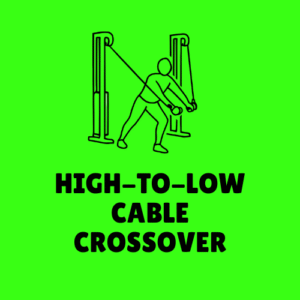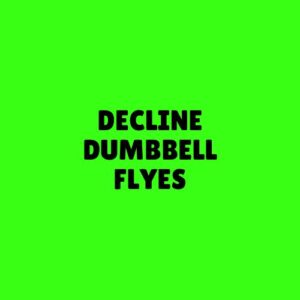
Category: Chest
Chest Exercises – Build a Strong, Defined Upper Body
Looking to build a powerful chest and improve your upper body strength? Explore our complete Chest Exercise Library, where you’ll find effective movements tailored for all fitness levels—whether you’re training with barbells, dumbbells, machines, cables, or just your own bodyweight.
We’ve categorized chest exercises into five main types so you can easily choose the training style that fits your goals:





From beginners to advanced athletes, our chest training section offers detailed tutorials, form breakdowns, and video guides to help you master each movement. Whether you’re building a bigger chest, enhancing symmetry, or training for performance, we’ve got you covered.

